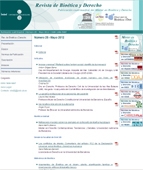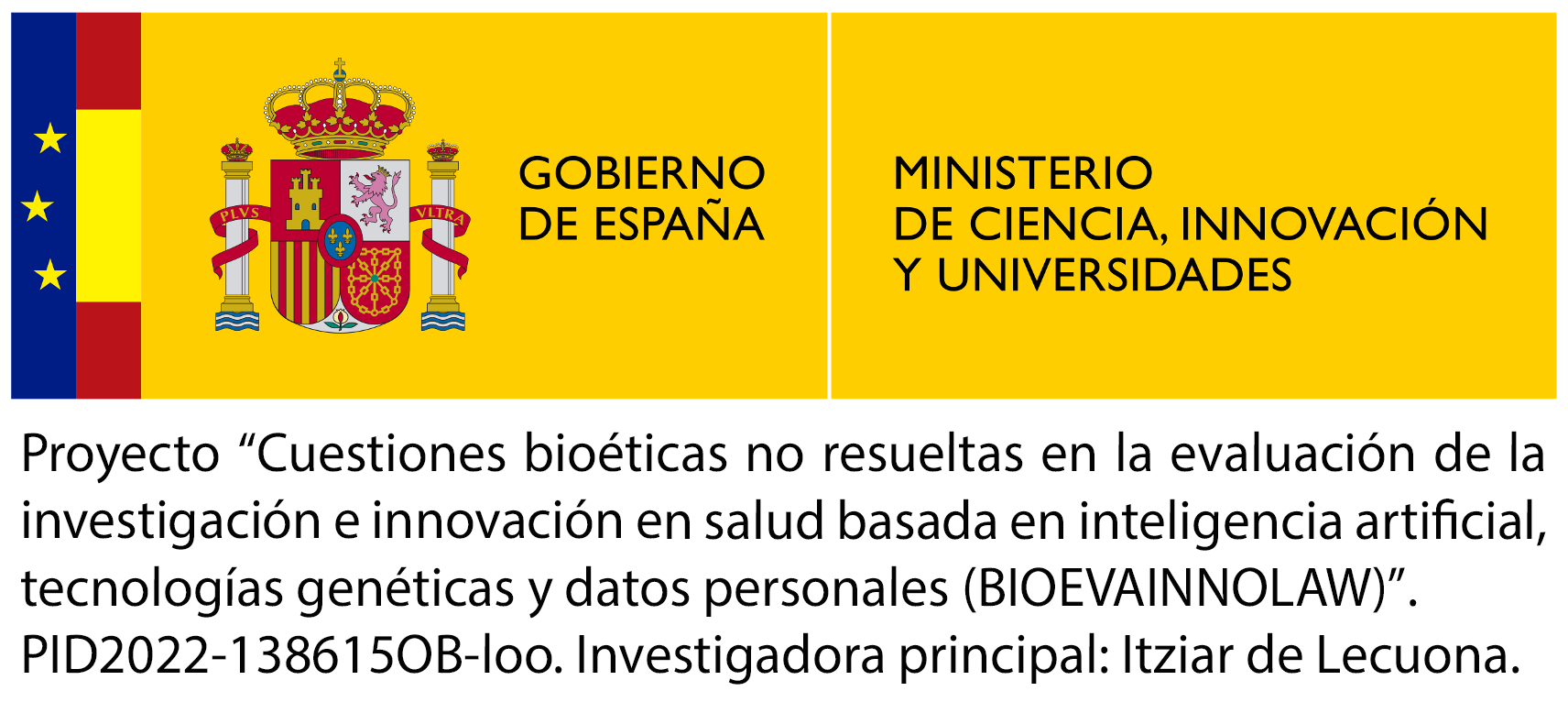Distinguish Patients in a Vegetative State from the Minimally Conscious state: moral and legal dilemmas
DOI:
https://doi.org/10.1344/rbd2013.27.7515Palabras clave:
vegetative state, minimally conscious state, right to self-determination, best interest, neuroimagingResumen
Research done using current neuroimaging techniques specifically, positron emission tomography (PET) and functional magnetic resonance imaging (functional MRI)—have provided evidence that vegetative patients may have fragments of consciousness. These findings make all the more urgent the familiar moral and legal dilemmas arising in connection with persons in these "reduced" states, because in debating whether these persons have a will, we have to take into account the possibility that they may have "glimpses of consciousness". In other words, we have to revisit that principle in light of scientific advances enabling us to more accurately detect signs that a patient is expressing a will to be taken off life support.Descargas
Publicado
2013-01-02
Cómo citar
Zullo, S. (2013). Distinguish Patients in a Vegetative State from the Minimally Conscious state: moral and legal dilemmas. Revista De Bioética Y Derecho, (27), 13–27. https://doi.org/10.1344/rbd2013.27.7515
Número
Sección
Sección General
Licencia
 Las/os autoras/es conservan los derechos de autoría de los artículos y autorizan a la Universitat de Barcelona a publicarlos en su Revista de Bioética y Derecho y a incluirlos en los servicios de indexación y abstracts, bases de datos académicas y repositorios en los que participa la revista.
Las/os autoras/es conservan los derechos de autoría de los artículos y autorizan a la Universitat de Barcelona a publicarlos en su Revista de Bioética y Derecho y a incluirlos en los servicios de indexación y abstracts, bases de datos académicas y repositorios en los que participa la revista.
Los trabajos publicados en la Revista de Bioética y Derecho están bajo la licencia Creative Commons Reconocimiento - NoComercial - SinObraDerivada 4.0 Internacional (by-nc-nd 4.0), que permite compartir la obra con terceros, siempre que éstos reconozcan su autoría, su publicación inicial en esta revista y las condiciones de la licencia. No se permite un uso comercial de la obra original ni la generación de obras derivadas.








